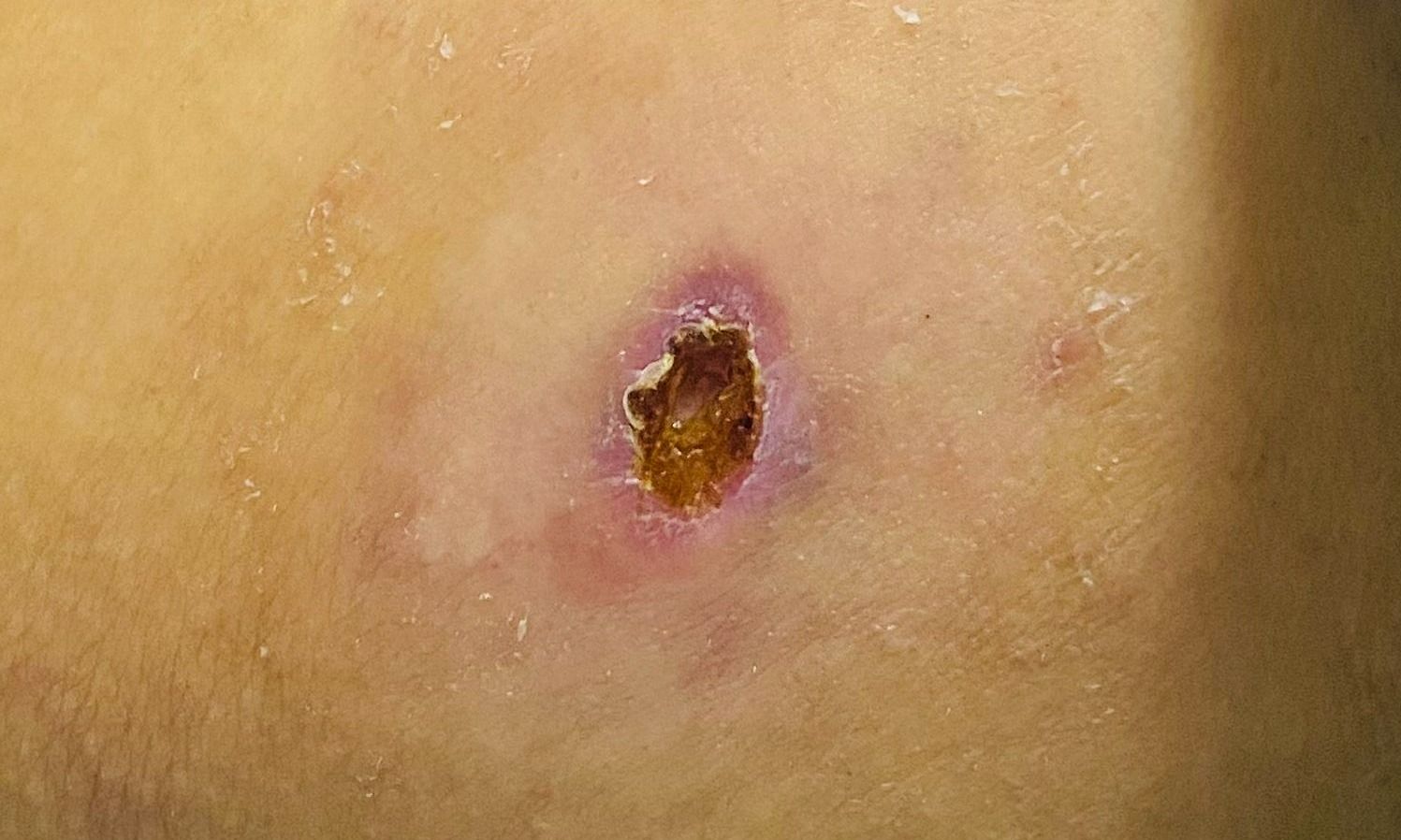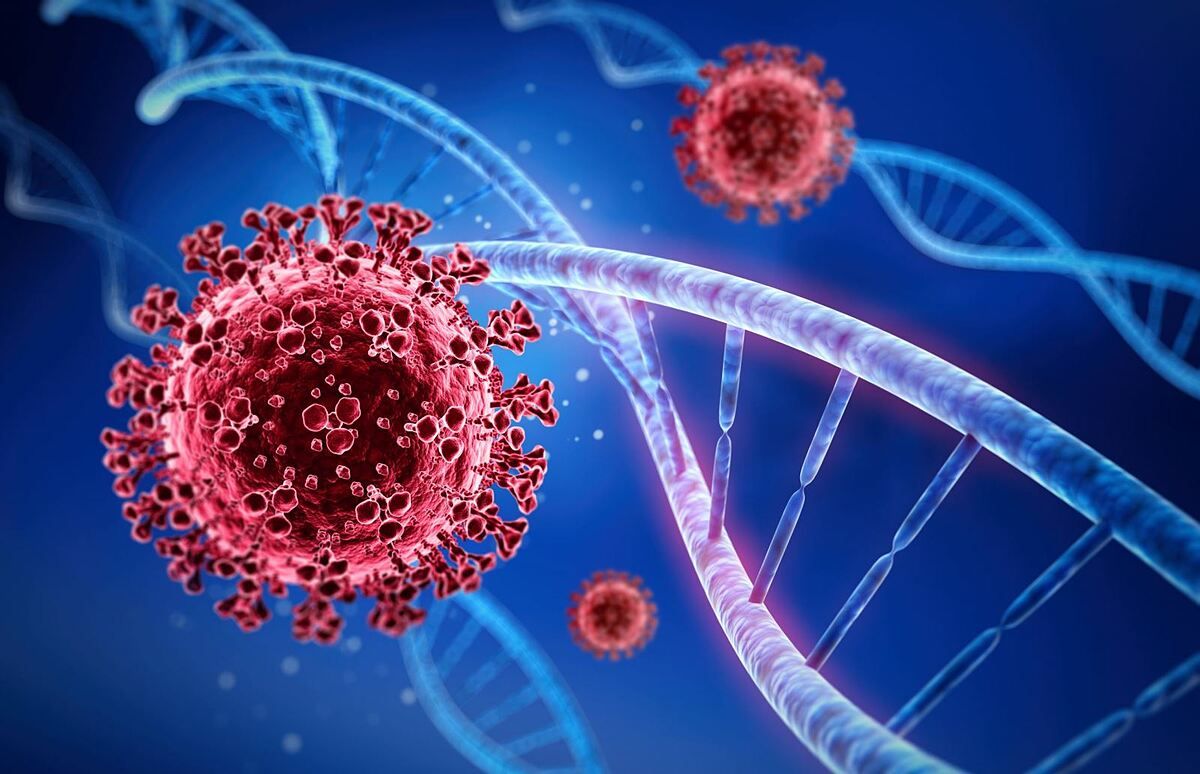Critical multi-organ failure due to 'flesh-eating' bacterial infection
After 2 days of high fever, the 38-year-old man fell into multiple organ failure, with a prognosis of almost 100% death, due to infection with the bacteria that causes Whitmore's disease, also known as "flesh-eating" bacteria.
At the Department of Emergency Medicine and Intensive Care, Hanoi Medical University Hospital, patients were resuscitated with strong antibiotics, mechanical ventilation, and continuous dialysis. However, the patient responded very poorly, the infection became more severe, and doctors assessed the death rate to be almost 100%. In particular, the Burkholderia pseudomallei bacteria that causes Whitmore's disease has the risk of spreading throughout the body, forming many abscesses, threatening the patient's life.
After the consultation, Associate Professor Dao Xuan Thanh, Deputy Director of the hospital, and Associate Professor Hoang Bui Hai, Head of the Emergency Department, proposed a stronger regimen. The patient continues to receive antibiotic treatment combined with VV-ECMO cardiopulmonary bypass - which is considered the final rescue therapy.
However, while running the machine and treating thrombosis with anticoagulants, the patient suffered from severe coagulation disorders and hemorrhagic shock due to repeated stomach bleeding. The doctor had to perform an endoscopy to stop the bleeding in the middle of the night and transfuse many liters of blood products.
After 1.5 months of treatment, the patient was able to get off the ventilator, breathe room air, and was transferred to Son La Provincial General Hospital for recovery.
Burkholderia pseudomallei lives in contaminated soil and water, entering the body mainly through the skin when there is an open wound. There is currently no evidence of the possibility of transmitting the bacteria from person to person or from animal to person.
The disease has very diverse clinical manifestations and is difficult to diagnose. Patients can die if not diagnosed and treated promptly, especially those with underlying diseases such as diabetes, liver, kidney, chronic lung disease, or immunodeficiency.
In Vietnam, about 70% of Whitmore cases are hospitalized from September to November every year. The number of patients is often related and proportional to the flood situation. There is currently no vaccine to prevent the disease.
Many years ago Whitmore was considered a "dangerous forgotten disease" in Vietnam, because after the war it was no longer recorded. Over the past 10 years, more cases of this bacteria have been detected and have been noticed by physicians during clinical examination and testing techniques have improved.
* SOURCE: https://vnexpress.net/suy-da-tang-nguy-kich-do-nhiem-vi-khuan-an-thit-nguoi-4668876.html









 Facebook
Facebook
 Tweet
Tweet
 Zalo
Zalo







 News
News

















 Sign in with Facebook
Sign in with Facebook
 Sign in with Google
Sign in with Google